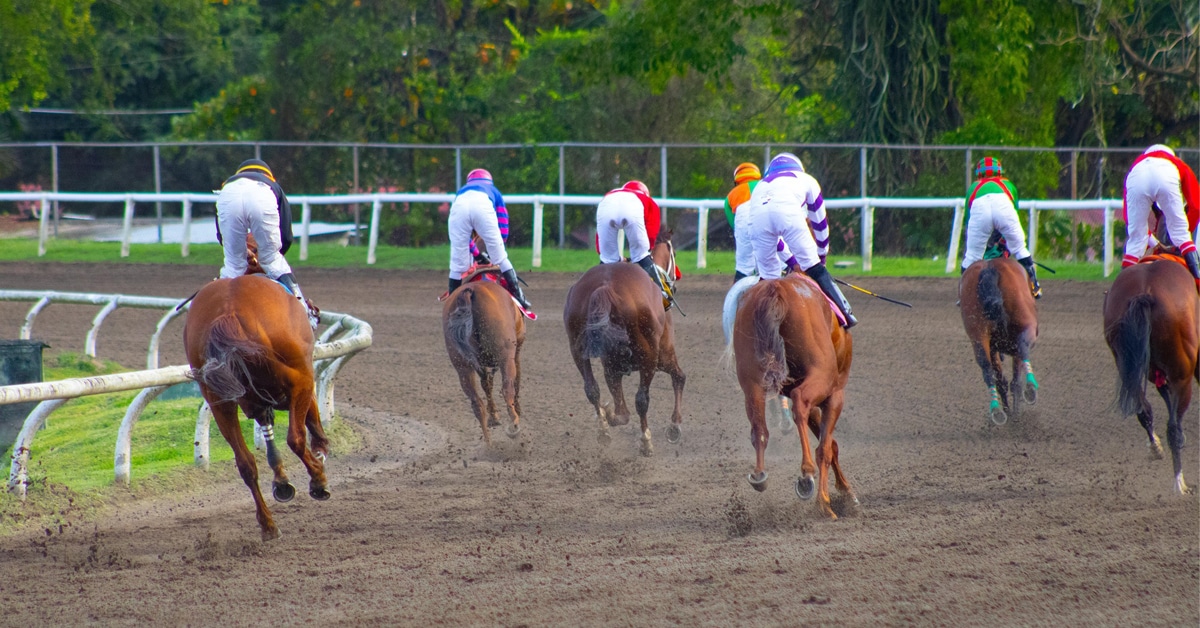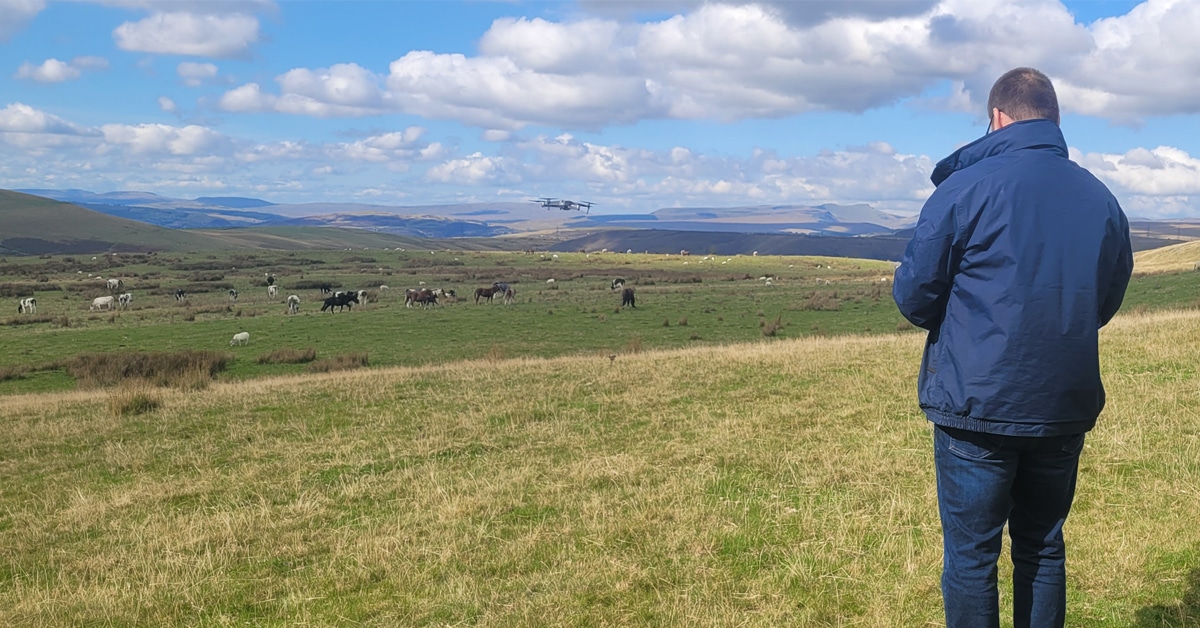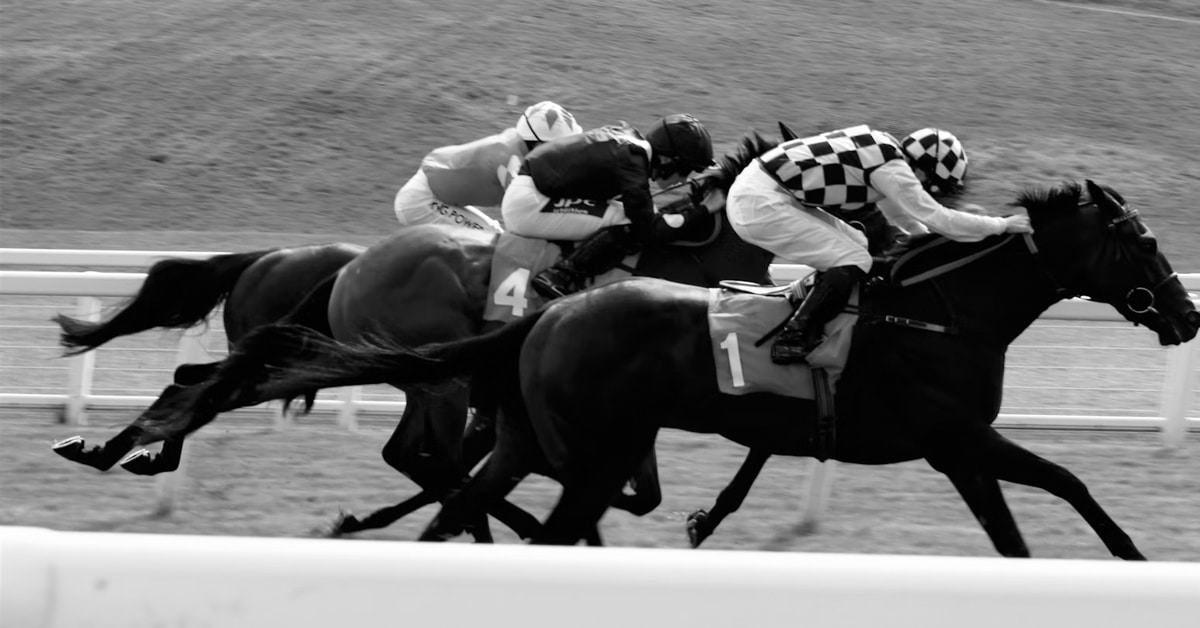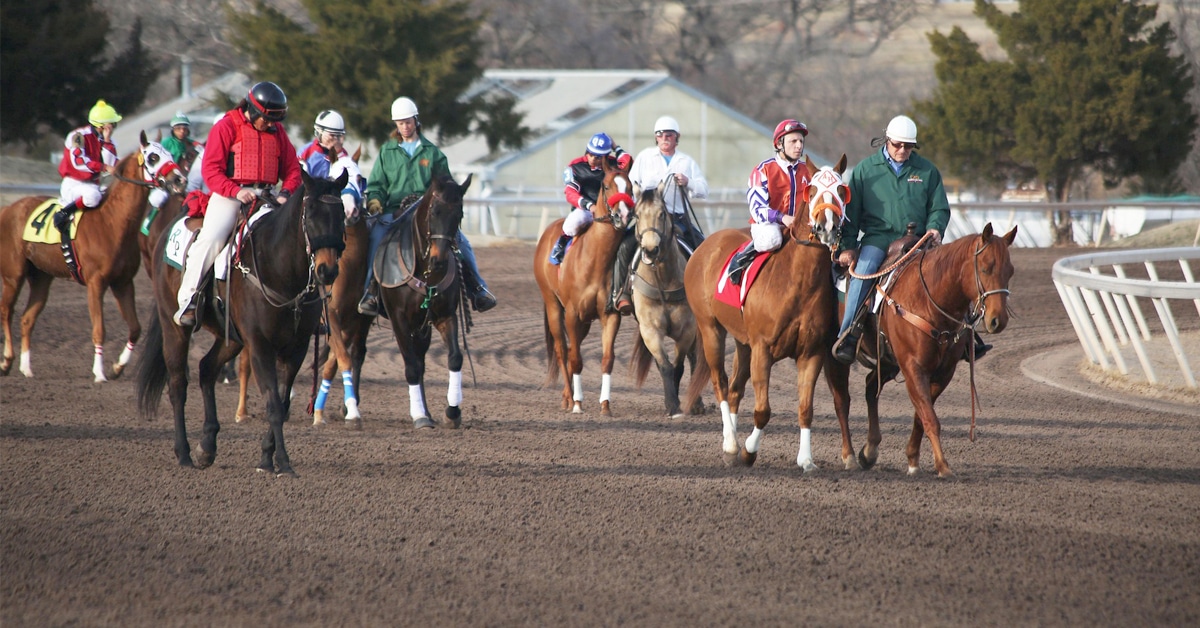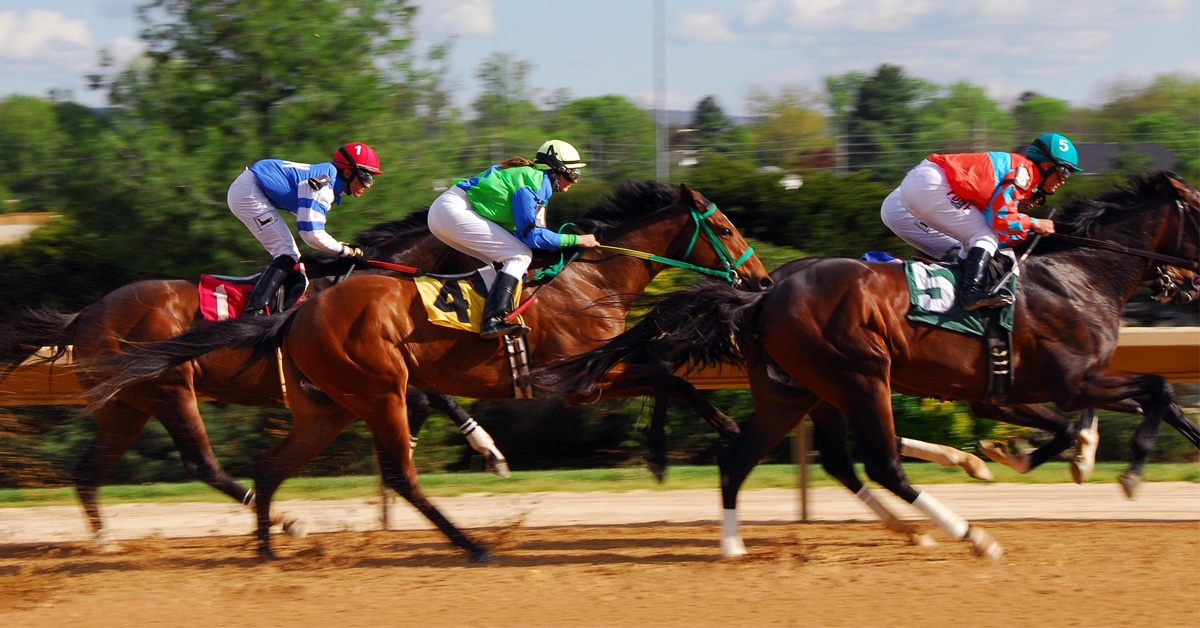Equine eyes are eight times larger than human eyes; in fact, they are larger than those of any other land mammal. So, clearly, vision is important to their perception of the world. Extrapolating from our own visual experiences to those of our horses’, however, can be problematic. Equine vision is different from human vision in almost every way, and it is helpful to us when riding and training to understand the differences.
1. Horses are not colour blind
Surprise! Horses are not colour blind. They have two-colour, or dichromatic vision. This means they distinguish colours in two wavelength regions of visible light, compared to the three colours of most humans. Horses see the blue and green colours of the spectrum and the colour variations based upon them, but cannot distinguish red. Research indicates that their colour vision is somewhat like red-green colour blindness in humans, in which certain colours, especially red and related colours, appear more green or yellowish. Objects in colours that contrast with the ground are the easiest for horses to see.
2. Horses have superior night vision
Horses have more rods than humans, as well as a tapetum lucidum (a reflecting membrane) that increases the amount of light available to the photoreceptors, giving them superior night vision. This also gives them better vision on slightly cloudy days, relative to bright, sunny days. The large eye of the horse also improves achromatic tasks, particularly in dim conditions, helpful in the detection of predators. However, horses are less able to adjust to changes in light conditions such as from a bright day to a dark barn or trailer.
3. Horses can’t discriminate fine detail well
A horse’s acuity – the ability to discriminate fine detail while focusing on something in the centre of the visual field – is considerably worse than ours. A typical horse’s acuity is about 20/30. Details we can see from a distance of 30 feet, he can only see from 20 feet. A horse has to be 50 per cent closer to see the same details we can. Even in bright light, a horse’s perception of a jump or barrel or clump of weeds is hazy, flat and vague.
4. Individual horses have differences in acuity
Individual horses, like individual people, have differences in acuity. About a third of domestic horses are nearsighted, which means they do not see details clearly until they get very close to an object and about 43 per cent of horses are farsighted, able to make out details only as they get farther from an object. These differences can affect how well a horse may do at particular activities, and how they respond to visual stimuli at a distance.
5. Horses’ vision peaks at age seven
Acuity is also affected by age and head shape. As a horse ages, like in people, the eye’s lens loses flexibility over time. The best acuity in horses occurs around age seven. Prior to that it is not fully developed, and thereafter it begins to deteriorate. Horses with long convex noses, like many Standardbreds and Thoroughbreds, have better acuity than do horses with short concave noses, like Arabians.
6. Horses have a 350-degree range of vision
Human vision is limited to roughly 45 degrees on either side of our noses. Test this by holding your finger out to your side while staring straight ahead. You won’t be able to see your finger. Then slowly bring your arm forward until you can see it. By contrast, if your horse could hold his hind hoof straight out to his side, it would be almost in the centre of his vision. Because his eyes are on the sides of his head, he has a 350-degree view, almost four times greater than the range we see. The horse’s visual range stretches from the end of his nose all the way around to an imaginary line extending straight back from his hip. The Attack Umbrella that you cannot see approaching from your side is well within his line of sight.
7. Horses have less depth perception that humans
While his visual range is wide, there is a trade-off: The placement of the horse’s eyes decreases the possible range of binocular vision to around 65 degrees on a horizontal plane, occurring in a triangular shape primarily in front of the horse’s face. Therefore, the horse has a smaller field of depth perception than a human, making relative distances hard to determine.
8. Horses have two blind spots
A horse cannot see anything directly behind him. But that is not unexpected. A second blind spot may be more surprising. A blind spot exists in front of the horse’s face, from his eye level to the ground below his nose and out to about six feet. He cannot see the grass he grazes, nor the bit or the carrot held to his mouth. He uses the whiskers around his mouth to sense these objects.
9. Horses’ forward blind spot affects how they approach objects
The forward blind spot can be particularly hard for humans to remember and accommodate since our forward-facing eyes see things right in front of us more clearly. Many times we encourage our horses to approach things that scare them head on. Not only can the horse not see things well head on, but as he gets closer, the object will disappear. Attempts to pivot (or jump) sideways to see the object better, are generally thwarted. Approaching at an angle or looping ever closer to the object is a much better strategy.
10. Horses have excellent peripheral vision
Evolution has equipped horses to be highly aware of peripheral motion. The human brain takes about a half a second to process what our eyes “see”; colour, size, distance, approach etc. That processing is not an option for wild horses. They need to note any flicker of movement or change in the environment and blow that popsicle stand. Whether the danger is real or not doesn’t matter. There is no evolutionary advantage to waiting around to find out.
The Latest

